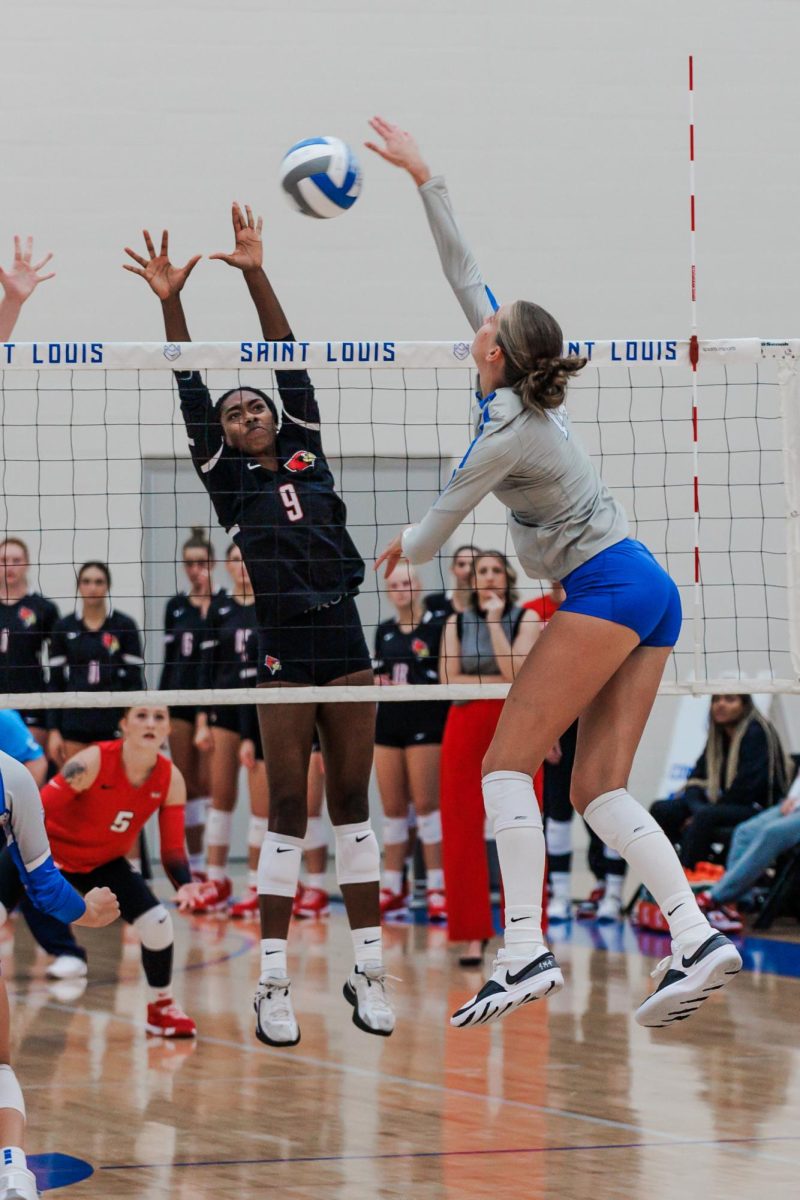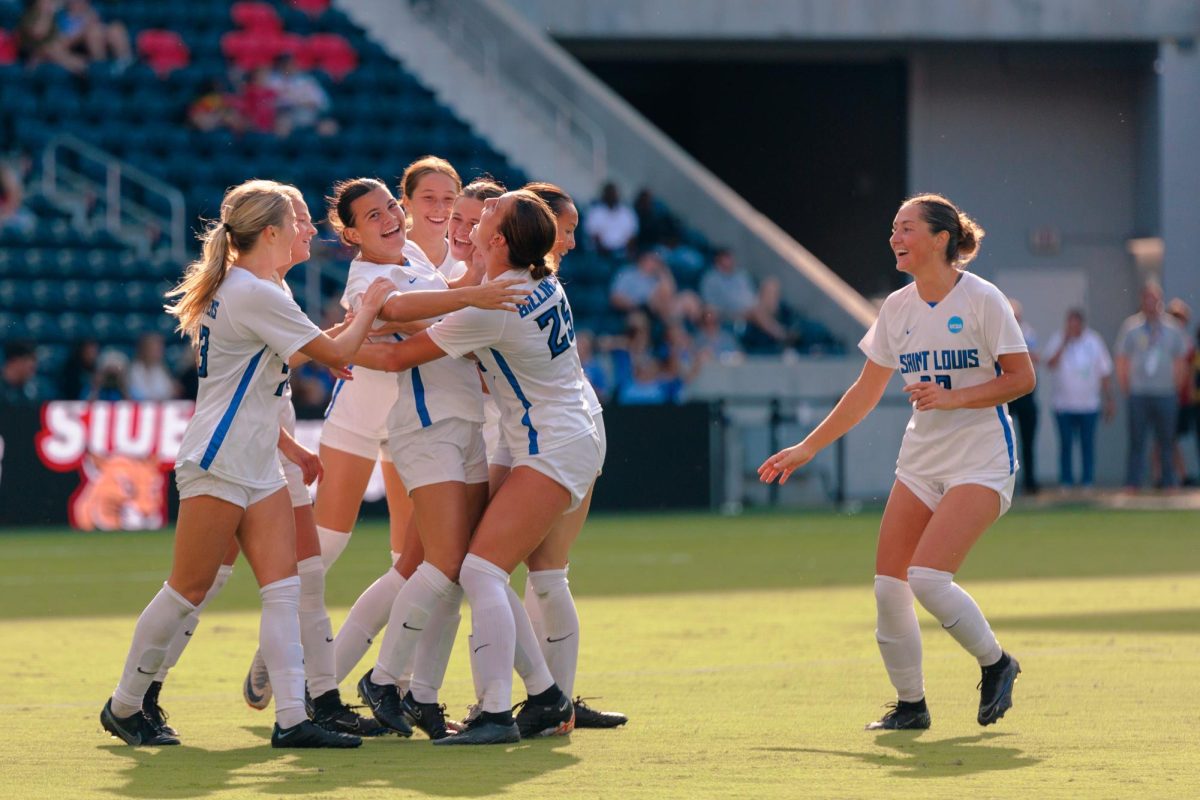Since its inception in the late 1800s, Major League Baseball (MLB) has prided itself on being the only major sport that has not used a clock to dictate the speed or length of a game. That all changed in the 2023 MLB season and the 119th World Series – which saw the Texas Rangers defeat the Arizona Diamondbacks in five games. As the MLB offseason nearly reaches its halfway point, the baseball world has adequate time to reflect on this past season and its historic Fall Classic.
On Sept. 9, 2022, the MLB’s Competition Committee voted on rules to implement for the major league level that specifically addressed the game’s “pace of play” and “on-field action.” These new rules included strict limitations on a team’s ability to defensively shift a hitter, a restriction on the number of pickoffs a pitcher can attempt in each at-bat, larger bases and, perhaps, most importantly, the implementation of a pitch clock. With several large timers sprinkled throughout all 30 MLB ballparks, this new rule forced pitchers to throw a pitch within 15 seconds after receiving the ball without anyone on base and 20 seconds with runners on. Many baseball purists promptly scoffed at implementing a clock into the sport, even though the timer and several of the other rules had been previously tested at all other levels of minor league baseball to immense success.
Despite some initial hiccups and reservations displayed during Spring Training in 2023, the new rules worked superbly throughout the season. First, the new rules sped up the games significantly, shortening the average length of a 9-inning game by 24 minutes compared to last year. Additionally, with shorter and more exciting games, the total attendance for the season rose to 70.7 million fans, a 9.6% increase from the previous season. There were also 11 weekends throughout the season where total league attendance surpassed 1.5 million, with the average attendance at 29,295. The St. Louis Cardinals also served as one of eight teams that surpassed 3 million fans in attendance.
“This [implementation of the various new rules] was a fan-driven initiative,” MLB Commissioner Rob Manfred said in an interview on The Carton Show on Oct. 26. “Our research shows our fans love the rule changes. The games are shorter, there’s more action in the game, there’s more athleticism, defense, base-stealing – things that fans want to see,” Manfred said. “We feel like we’re putting the best form of baseball out on the field.”
Second, these new rules also helped the amount of action on the field. By cutting out the game’s downtime and speeding up the pace of play, individual players could showcase their individual tools and athleticism more than ever before. This notion is shown not only in the remarkable highlights from the season but also in several eye-opening statistics, which Contributor Brad Adgate discussed in a Forbes article:
- The leaguewide Batting Average was .248 – a five-point increase from 2022.
- Runs per game increased from 8.6 to 9.3.
- Stolen bases rose to an average of 1.4 successes in 1.8 attempts.
- The success rate of those stolen bases was 80.2% – a record-high
- Home runs increased from 5215 to 5868 – a 12.5% increase.
Consequently, many teams and individual players embraced this high-risk, high-reward style of play that many fans believe had been absent from the game for decades. For example, the World Series saw two aggressive, hungry Wild Card Teams face off against one another. In addition, the National League MVP Ronald Acuña Jr. created his own record-breaking club by belting over 40 home runs and stealing over 70 bases.

“Despite the occasional debacle it causes, the pitch clock may be the best thing that’s happened to any sport in recent memory,” the popular YouTube channel Baseball Doesn’t Exist explained in a September video titled, “Is MLB About To Change The Rules Again?” The channel, which has over 750 thousand subscribers to date, is designed to grow the game and primarily showcase it to younger audiences. “Every single rule change [that] MLB made has worked exactly how they wanted it to.”
However, despite these vast improvements and accomplishments during the regular season, the viewership numbers were extremely underwhelming on some of the game’s biggest stages. Both the mid-season All-Star Game and World Series drew record-low viewers, with an average of 7.006 million and 9.11 million viewers, respectively. While these numbers are difficult not to fixate on, there seem to be reasonable explanations for why they are so low.
First, while the All-Star Game hit another all-time low in viewership, it still remains the most-watched All-Star event across all major sports in the U.S., and viewership in males ages 18-49 and 25-54 increased around 4-6%. Second, the World Series, which saw a dramatic game one ending with an Adolis Garica walk-off homerun, did pit two smaller market teams against one another. Although these two Wild Card teams had remarkable runs to the series, it seems that the lack of any major stars or big market teams did not help the case for casual viewers who were on the fence about tuning in. This revelation also showcases that MLB must do a better job at marketing their players – no matter what teams are involved in a nationally televised matchup.
Today, MLB continues to toy with the possibility of other new rules – such as further reducing the pitch clock timer to 18 seconds with men on base. Overall, in spite of initial setbacks and viewership challenges, the new rules succeeded in modernizing America’s pastime, retaining its essence while embracing innovation – a balance crucial for shaping the game’s future and honoring its founding principles.














